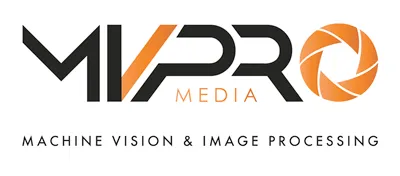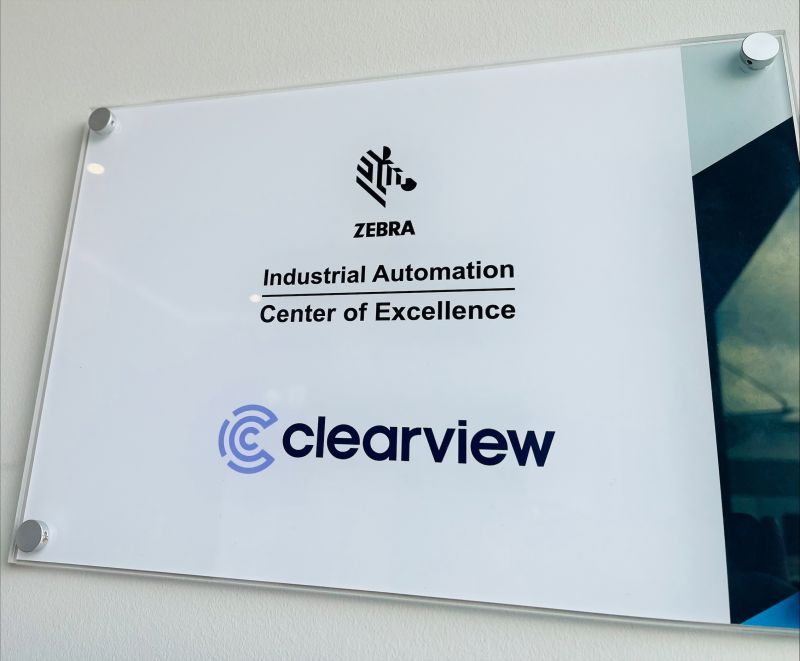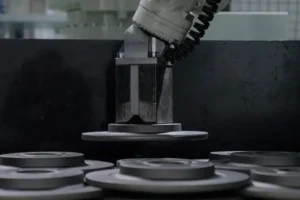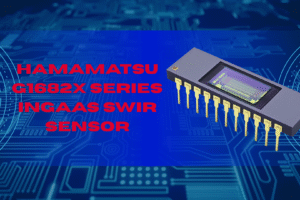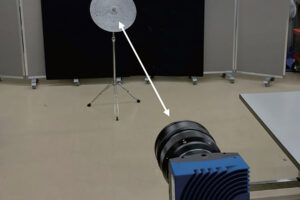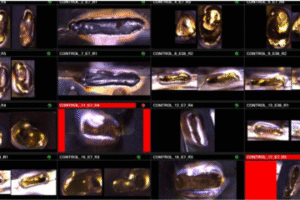ZEISS has released the ZEISS Lattice Lightsheet 7, the new iteration of the commercial subcellular resolution microscope system introduced in 2020.
The original microscope system was introduced to the market in December 2020 and allowed researchers to explore the dynamics of life at subcellular resolution. It was the first commercial implementation of the lattice light-sheet technology known for enabling sample-preserving, long-term imaging of living cells.
The new generation of ZEISS Lattice Lightsheet 7 provides a number of improvements to the life science research community that ZEISS say will “substantially advance” live cell experiments. Equipped with a more powerful camera, the Hamamatsu ORCA-Fusion, the microscope now enables imaging just above the noise level, making lattice light-sheet microscopy even gentler to light-sensitive samples.
At the lowest photon count rates, the system provides both a uniform background and a sufficiently strong signal to distinguish the finest subcellular structures, whilst protecting the sample from photodamage and bleaching over hours and days of constant imaging. As requested by the research community, the system can now also be equipped with two Hamamatsu ORCA-Fusion cameras. This increases the imaging speed and improves multicolour fluorescence experiments.
Two cameras double the temporal resolution at which data is acquired. Researchers can watch delicate processes like mitosis without missing fine details or quick events whilst the design of the excitation beam path allows simultaneous excitation of the sample with multiple laser lines. Combined with two cameras, this enables simultaneous imaging of two channels – without any time delay. A dual-camera setup also minimizes crosstalk and achieves clean results without compromising speed.
The study of dynamic processes in living cells benefits from faster and simultaneous multichannel imaging. Additionally, this new generation of ZEISS Lattice Lightsheet 7 offers new possibilities for ratiometric experiments and the investigation of structural co-localization.
Find more information about ZEISS and the Lattice Lightsheet 7 on its website.
Stay up to date with the most recent automation, computer vision, machine vision and robotics news on Automate Pro Europe, CVPro, MVPro and RBPro.
